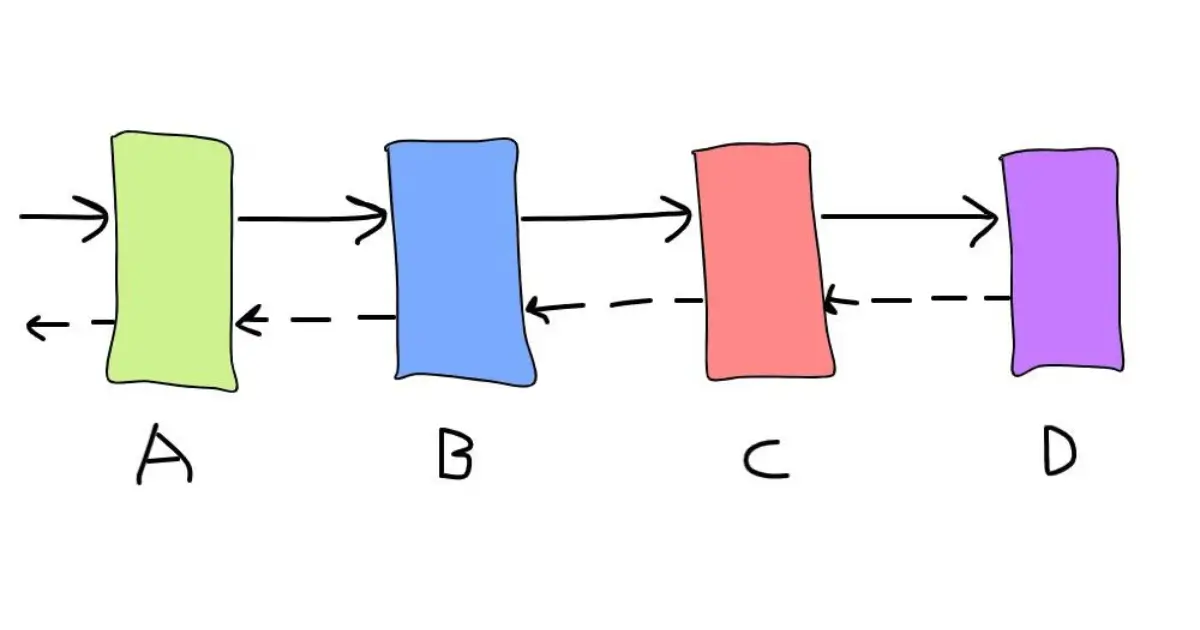Ensure fault tolerance to enhance service resilience and high availability. From implementing circuit breakers to leveraging self-healing mechanisms, robust fault tolerance strategies are essential for enhancing system reliability. Explore the key strategies outlined below to fortify your microservices architecture.
[ez-toc]The Crucial Role of Fault Tolerance in Microservice Architectures
Microservices, while offering numerous advantages like scalability and agility, introduce new challenges in ensuring system availability. Individual service failures, though seemingly isolated, can have a domino effect, impacting dependent services and ultimately the user experience. Effective error handling is a critical component of fault tolerance, minimizing disruptions and maintaining system reliability.
This is where fault tolerance mechanisms become crucial for software teams, enhancing service resilience and ensuring high availability in microservices architectures.
Why Fault Tolerance Matters
Fault tolerance ensures that the system remains functional at all times, enhancing user experience. It also makes things much easier for software teams:
- Simplified Debugging: Fault tolerance mechanisms often involve error handling systems that monitor and alert, pinpointing the source of failures. This streamlines troubleshooting and allows developers to identify and address issues more efficiently.
- Minimized Downtime: Service failures are inevitable, but their impact can be mitigated through effective error handling. Fault tolerance strategies ensure the overall system remains functional even when individual services experience issues. Users might encounter slight delays or reduced functionality, but the system doesn’t entirely collapse.
- Improved System Resilience: A system with robust fault tolerance mechanisms can absorb failures, self-heal, and prevent cascading outages, thereby improving service resilience and system reliability. This translates to increased system uptime and a more reliable user experience.
- Faster Recovery: By isolating failures and implementing retries or failover mechanisms, fault tolerance enhances error handling and system reliability, helping the system recover from issues quicker. This minimizes the duration of disruptions and ensures a faster return to normalcy.
FAQ: Understanding Fault Tolerance in Microservices
6 Essential Fault Tolerance Techniques
Ensuring overall system availability in a microservices architecture, even when individual services fail, requires implementing robust fault tolerance mechanisms. Here are 6 key strategies to achieve this:
1. Circuit Breaker Pattern
This pattern protects against cascading failures, ensures high availability, and protects the overall system’s health by halting requests to a failing service and retrying only after a specific cool-down period.
It does this by monitoring the number of failures experienced by a service. If failures exceed a defined threshold, the circuit breaker “trips,” causing subsequent requests to fail fast instead of continuously retrying and potentially overloading the failing service.
2. Timeouts
Timeouts prevent applications from hanging indefinitely and allow for graceful handling of unresponsive services.
Define timeouts for service calls. If a response isn’t received within the specified timeframe, the request is considered timed out. This prevents applications from hanging indefinitely waiting for a response from a potentially unavailable service.
3. Bulkheads and Isolation
Implement bulkheads to isolate failing services and prevent their issues from impacting other parts of the system — it ensures partial functionality even during failures.
This can be achieved using process isolation or thread pools dedicated to specific services. By containing failures, other services can continue operating normally.
4. Self-Healing Mechanisms
Design services to be self-healing whenever possible, reducing reliance on manual intervention.
They can involve automatic service restarts upon encountering errors or implementing mechanisms for services to recover from failures without external intervention. This reduces reliance on manual intervention and enhances service resilience.
5. Retry Logic with Backoff
Implement retry logic for failed requests, but with an exponential backoff strategy. This means increasing the wait time between retries to avoid overwhelming the failing service with requests.
This avoids overwhelming a failing service while offering opportunities for recovery, preventing excessive load during prolonged failures in the case of temporary issues.
6. Monitoring and Alerting
Continuously monitor service health and performance metrics. Implement alerts to notify developers about potential issues or service failures, enabling proactive intervention.
After all, early detection and intervention can minimize downtime and expedite recovery.
Additional Considerations
In addition to the core strategies for fault tolerance, there are other important considerations that can further enhance the reliability and availability of your microservices architecture.
- Redundancy: For critical services, consider deploying them across multiple servers or implementing active/passive failover mechanisms to maintain functionality in case of individual instance failures.
- API Versioning: Controlled API evolution through versioning helps maintain service availability even during updates, as older versions can remain functional alongside newer ones.
By implementing these strategies, you can build fault tolerance into your microservices architecture. This ensures that the system remains available and functional even in the face of individual service failures, improving overall system resilience and user experience.
Ready to Enhance Your Microservices Architecture?
Ensuring fault tolerance and maintaining service resilience, high availability, and system reliability are critical for the success of your microservices architecture. Ubiminds can help you hire the best Site Reliability Engineering (SRE) experts to implement these strategies effectively.
Contact Ubiminds today to fortify your microservices architecture with top-tier SRE talent!

International Marketing Leader, specialized in tech. Proud to have built marketing and business generation structures for some of the fastest-growing SaaS companies on both sides of the Atlantic (UK, DACH, Iberia, LatAm, and NorthAm). Big fan of motherhood, world music, marketing, and backpacking. A little bit nerdy too!



